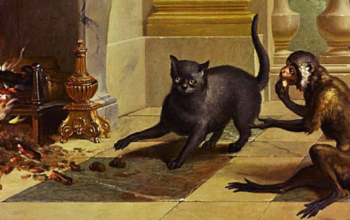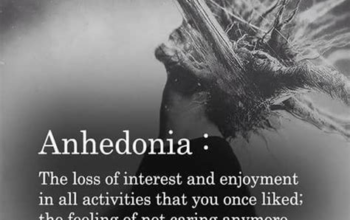1. The earliest decorations on trees associated with Christmas are detailed in the Medieval plays that tell the story of Adam and Eve. The trees in the Garden of Eden were, according to these legends, adorned with apples and cookies.
2. Reindeer are resourceful animals. They not only pull sleighs, but are also raised for their milk. In the town of Wales in Alaska, the mail used to be delivered by reindeer-drawn sleigh. The story of Rudolph is a modern invention that has become a classic. It is based partly on the tale of the Ugly Duckling.
3. Candles are an important part of Christmas for many and they play a crucial part in Christmas Eve celebrations in Gouda, Holland. Gouda is the center of the Dutch candle-making industry. On Christmas Eve all of the electrical lights are turned off while the mayor reads the story of the Nativity to an audience by candlelight in the town square.
4. In many European countries, gifts are traditionally given to children by St. Nicholas, who arrives on December 6th with his mischievous servant Black Peter. If the children are good, St. Nicholas gives them nuts, sweets, or small presents. However, if the children are bad, they will be threatened with sticks by Black Peter.
5. Ivy has been a popular plant to use as a Christmas decoration in houses for centuries. The custom of decorating homes with ivy and other evergreens dates back to pre-Christian times when ivy was believed to be linked with the power of eternity. Ivy represented life continuing through the cold months of winter.
6. The use of mistletoe dates back to pagan times when Druids coveted it for its magical healing powers. The tradition of a kiss under the mistletoe at Christmas, however, is a relatively recent one. This became popular with the servant class in 19th century England, and was slowly adopted by the middle classes. This custom has now spread to many other countries.
7. Gifts have been wrapped since the invention of paper circa 105 A.D. in China. Decorative gift wrap didn’t take off until Christmas 1917, when the Hall Brothers’ store in Nebraska sold out of tissue for customers to wrap holiday packages. As a substitute, they sold decorative French envelope lining.
8. Wrapping Christmas presents is quite a recent tradition. In the 19th century, unwrapped gifts were put under a Christmas tree, or hung on the branches. Sometimes, people would even hide a gift to prolong the excitement of finding out what it was.
9. Baboushka is a Russian gift-bringer, an old woman who, according to custom, would not go with the Wise Men to visit the baby Jesus. She later realized she should have traveled with them, and so she still searches for the baby. On the eve of Epiphany (January 5th) she visits sleeping children to leave them gifts.
10. In parts of Italy, the Christmas meal includes seven different fish dishes, to commemorate the Seven Sacraments. The fish is accompanied by pasta, salads, fruits, and breads, as well as Italian wine. Desserts usually include salads, the panettone fruit cake, spicy cookies, nougat, and nuts.
11. The Germans call gingerbread houses “Hexenhaüsle” or “witches’ houses” after the witch’s house that featured in Grimm’s fairytale “Hansel and Gretel.”
12. Charms were often dropped into the plum pudding pudding mix before it was cooked. Tradition states that a ring, a button, a thimble, and a coin should be added. The lucky (or unlucky), person to find one of these objects can expect marriage, spinsterhood, bachelorhood, or wealth respectively, during the following year.
13. A yule log is a popular dessert in many countries. It has its origins in the belief that when a log was burned in an open fire at Christmas, the ashes had miraculous powers. The first mention of this custom can be traced back to Germany in 1184.
From The Ultimate Christmas Book



Do a search: The First Scandal.